Josh Wimmer Reviews Everything I Need to Know I Learned From Dungeons & Dragons
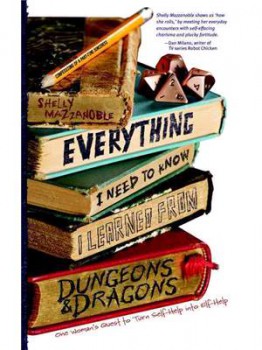 Everything I Need to Know I Learned From Dungeons & Dragons
Everything I Need to Know I Learned From Dungeons & Dragons
Shelly Mazzanoble
Wizards of the Coast (192 pp, $12.95, September 2011)
Reviewed by Josh Wimmer
I have my first-edition AD&D Monster Manual open on my desk, and I’m looking at the entry for “mimic.” As many of you will likely recall, a mimic is a creature that disguises itself as something else — a chest, maybe, or a door — to fool unwary adventurers.
That is where my head went after reading Shelly Mazzanoble’s second book; she is a bit of a mimic. I don’t mean that she cannot stand sunlight or that she resembles stone or wood — hey, this is not a perfect analogy — or even that her armor class is only 7. I bet it is at least 5. She strikes me as dexterous (not to mention closer to chaotic good than true neutral).
No, what I mean is that Everything I Need to Know I Learned From Dungeons & Dragons, while delightful, struck me as only tangentially “One Woman’s Quest to Turn Self-Help Into Elf-Help,” as the subtitle puts it.
Mazzanoble is fun to spend time with. Most of the book is concerned with her relationships with her mom, Judy (this is the mom ur-name, I think), and boyfriend, Bart. Judy has a lot of advice to offer, much of it on the subject of Mazzanoble and Bart’s love life. Mazzanoble clearly adores her mother — they talk daily, which I can accept intellectually is a beautiful thing, for someone else who is not me — but she gets justifiably fed up when Judy starts sending her an unending stream of books like The Secret.
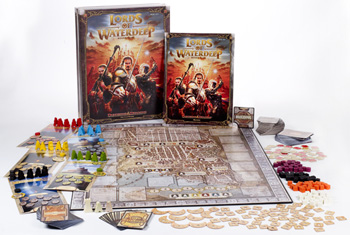 Lords of Waterdeep
Lords of Waterdeep 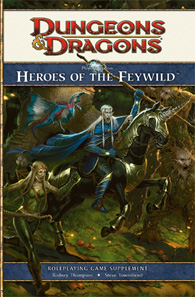 Player’s Option: Heroes of the Feywild
Player’s Option: Heroes of the Feywild 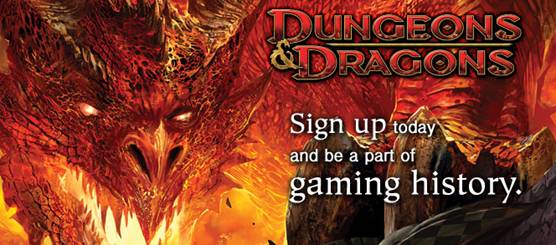
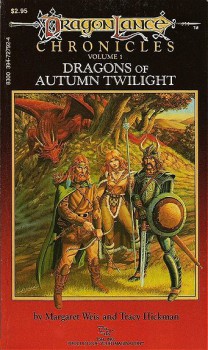 This week concludes Black Gate‘s interview with author and editor James L. Sutter with a discussion of the pros and cons of media-tie in fiction, the Before They Were Giants anthology which collects the first sale short fiction of many big name writers, and a look at what James is working on now. Be sure to check out parts
This week concludes Black Gate‘s interview with author and editor James L. Sutter with a discussion of the pros and cons of media-tie in fiction, the Before They Were Giants anthology which collects the first sale short fiction of many big name writers, and a look at what James is working on now. Be sure to check out parts 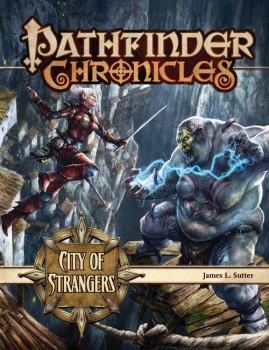 Last week we were just getting started in
Last week we were just getting started in  I recently caught up with Paizo’s James Sutter for a conversation about his work heading up Pathfinder’s new fiction line, as well as his own writing and influences. In part one of our conversation James tells us about his new novel for Pathfinder,
I recently caught up with Paizo’s James Sutter for a conversation about his work heading up Pathfinder’s new fiction line, as well as his own writing and influences. In part one of our conversation James tells us about his new novel for Pathfinder, 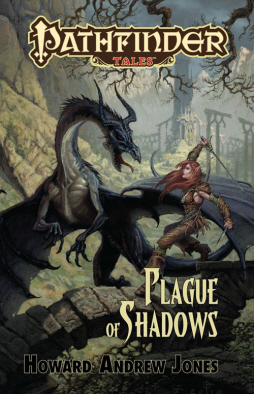 In
In 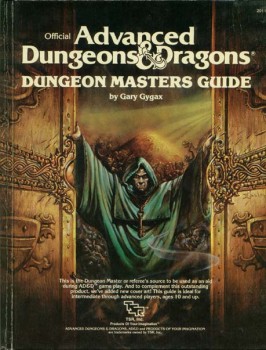 A
A